
Helen Thompson is the multimedia editor at Science News. She makes videos, creates data visuals, helps manage the website, wrangles cats and occasionally writes about things like dandelion flight and whale evolution. She has undergraduate degrees in biology and English from Trinity University in San Antonio, Texas, a master’s degree in science writing from Johns Hopkins University in Baltimore, Maryland, and strong opinions about tacos. Before Science News, she wrote for Smithsonian, NPR.org, National Geographic, Nature and others.

Trustworthy journalism comes at a price.
Scientists and journalists share a core belief in questioning, observing and verifying to reach the truth. Science News reports on crucial research and discovery across science disciplines. We need your financial support to make it happen – every contribution makes a difference.
All Stories by Helen Thompson
-
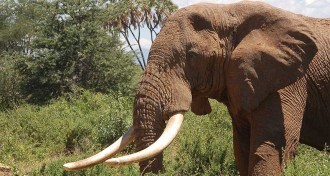 Animals
AnimalsMost illegal ivory is less than three years old
Most of the ivory seized by law enforcement in the last decade doesn’t come from elephants poached many years ago.
-
 Animals
AnimalsMost illegal ivory is less than three years old
Most of the ivory seized by law enforcement in the last decade doesn’t come from elephants poached many years ago.
-
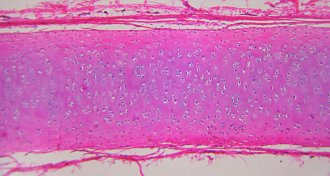 Health & Medicine
Health & MedicineNose cells fix knee cartilage
A small clinical trial suggests that using nose cells to patch knee cartilage could be a viable treatment for injuries.
-
 Health & Medicine
Health & MedicineNose cells fix knee cartilage in human trial
A small clinical trial suggests that using nose cells to patch knee cartilage could be a viable treatment for injuries.
-
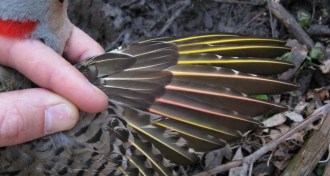 Animals
AnimalsBerries may give yellow woodpeckers a red dye job
A diet of invasive honeysuckle berries may be behind stray red feathers in woodpeckers called yellow-shafted flickers.
-
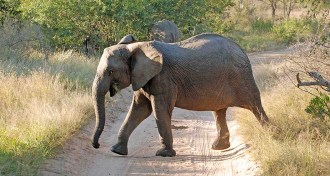 Animals
AnimalsAfrican elephants walk on their tippy-toes
Pressure plates reveal how African elephants load their feet when they walk, providing clues to pachyderm podiatry problems.
-
 Animals
AnimalsAfrican elephants walk on their tippy-toes
Pressure plates reveal how African elephants load their feet when they walk, providing clues to pachyderm podiatry problems.
-
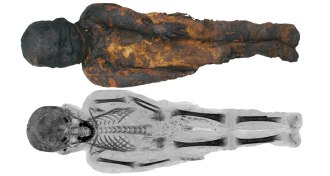 Tech
TechCT scans show first X-rayed mummy in new light
An ancient Egyptian child became the first mummy to be X-rayed in 1896. Today, CT scans reveal new insights into the child’s life — and death.
-
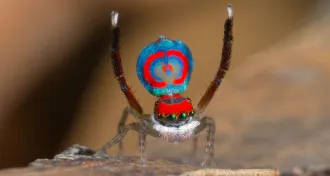 Animals
AnimalsTiny structures give a peacock spider its radiant rump
Peacock spiders use pigments and complex nanostructures to achieve bright dance costumes.
-
 Chemistry
ChemistryFDA bans chemicals in antibacterial soaps
The U.S. Food and Drug Administration ruled against 19 antibacterial soap ingredients, citing insufficient evidence of bacteria-killing and safety problems.
-
 Tech
TechSpaceX rocket explodes on Florida launchpad
SpaceX has lost a Falcon 9 rocket and its satellite payload in a standard prelaunch test.
-
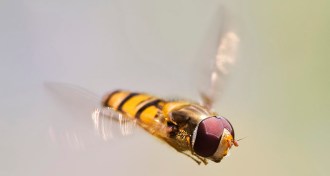 Animals
AnimalsHoverflies (probably) can’t sense gravity
Acrobatic insects called hoverflies may simply use visual and airflow cues and not gravity to orient their bodies midair.